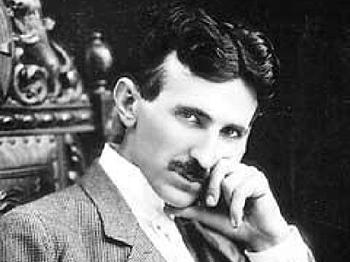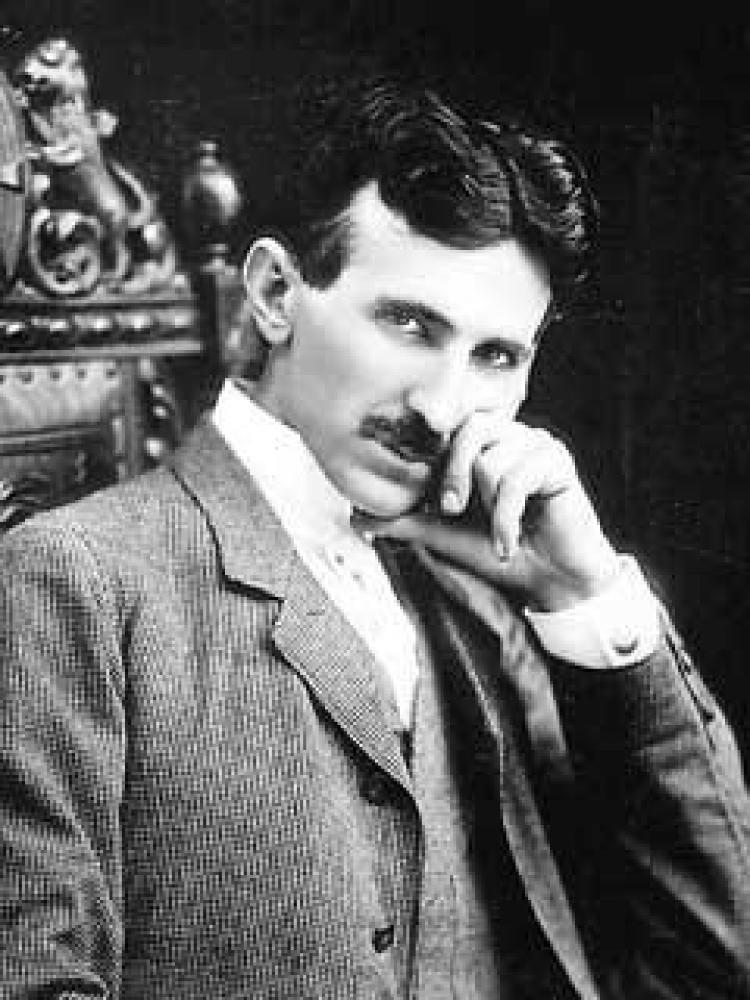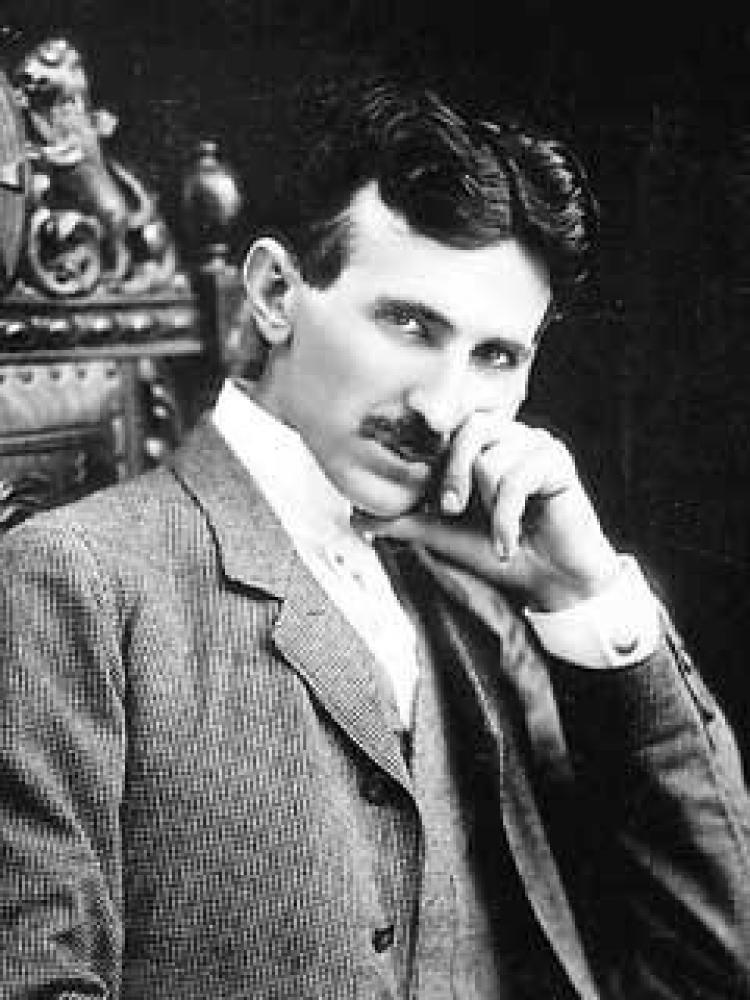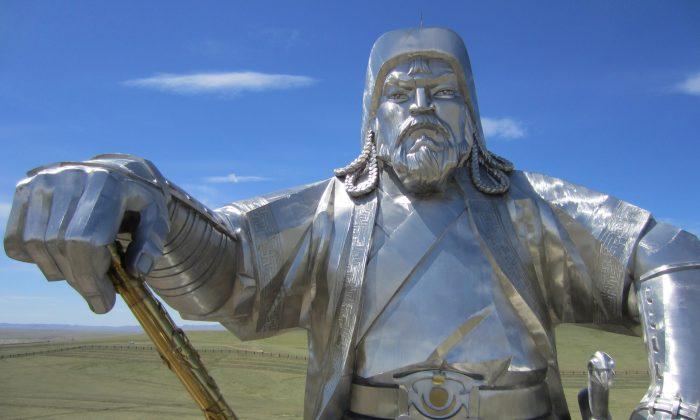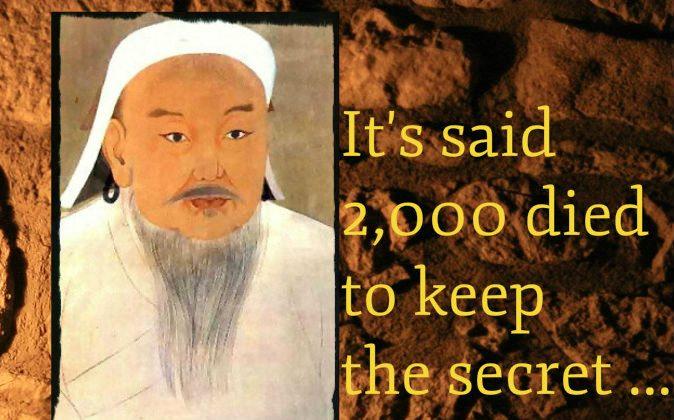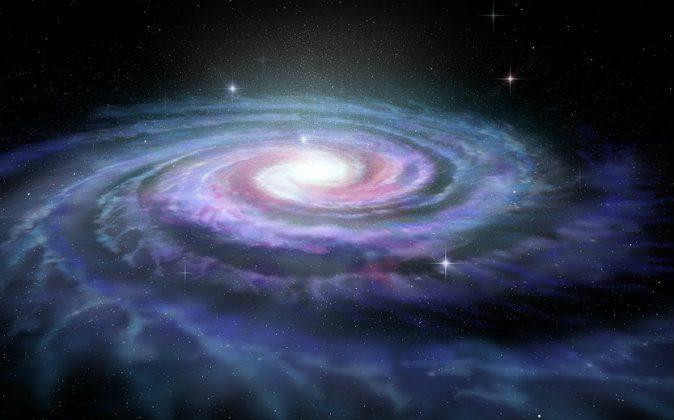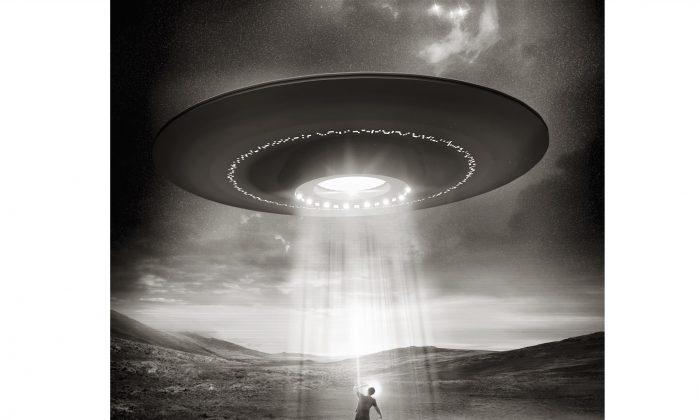When many people hear the buzzword “green,” they may instantly think about the worldwide movement that has been going on since about the 1960s. Actually, many of the world’s scientists and popular figures have been concerned about the issue of consuming vast quantities of fossil fuels and generating industrial waste ever since the time of the Industrial Revolution. They just didn’t have a universal term for it as we do today, “green.”
One figure, who may surprisingly fall under the category of historical figures who lived a green lifestyle and attempted to pave the road for later generations, is someone who revolutionized the 20th century as we know it. That figure was Nikola Tesla, born on July 10, 1856. Most school text books and history books don’t really give the man much credit. Yet he can be ranked as one of the greatest inventors in all recorded history, like Archimedes or DaVinci. This might seem like a pretty bold statement, but almost all of our modern technology can be traced back to projects Tesla was working on, from refrigeration to computers.
Revolutionary Inventions
Tesla was a Croatia-born American citizen who came to this country at a young age and initially worked for Thomas Edison. After a bitter falling out with Edison, Tesla partnered with George Westinghouse, the original founder of today’s Westinghouse Co., which produces electric-based goods from light bulbs to washers and dryers. Together they revolutionized the electric world by producing and building an entirely new electric infrastructure based on Tesla’s Poly-Phase Alternating-Current generator/motor.
In the early days of electricity, almost every city street needed its own generating station, and Direct Current (DC) power needed many more power lines than AC. This idea of Alternating-Current (AC) electricity was very conducive to green ideology for it meant that one fossil-fuel based plant could replace dozens, maybe hundreds of DC generators.
Not only did AC reduce the number of generating stations, but it also reduced power lines to the few we see today. As it was, this was not a popular idea with many people, just like today some people instinctively reject new ideas even though they may promise improvements or increased efficiency. Of the people who had the most to lose from an infrastructure change, the one who put up the biggest fight was none other than Edison.
Tesla worked on several other inventions that revolutionized the world we know today. For instance, he fought with Marconi over who invented the radio first. The U.S. Supreme Court eventually ruled in favor of Tesla. Later, one of the most controversial and potentially green ideas of all was one that unfortunately never came to commercial fruition. It was Tesla’s concept for the wireless transmission of energy.
Ahead of His Time
According to his biography “Tesla: Man Out of Time” by Margaret Cheney, he conducted several successful tests at the turn of the last century in his Colorado Springs laboratory. There, he used Earth’s upper atmosphere as a giant conductor. In theory, a person anywhere on Earth could access the electricity with the proper equipment. Imagine one generating station or a few dozen for the entire planet! Apparently, he did.
Unfortunately, Tesla kept some key figures out of his notes due to the fact that several of his patents at the time were already being infringed upon. On top of that, he ran out of money and investors before his experimental Wardenclyffe Tower, which was to be the first commercial wireless tower, could be completed.
Indeed, this invention could have shaped our world into one where power lines and burning fuels would be as old a concept as catapults and steam engines. Even cars, trains, and planes could have run from this wireless electricity. But, once infrastructure stabilizes and people get comfortable, it becomes difficult to change, and this would have been the second time in his life that Tesla would have completely revolutionized the world.
When it came to his ideas about “green,” he was pretty outright. In 1902 Lord Kelvin, another famous pioneering scientist from England, had a discussion with Tesla in which they both agreed that wind and solar power should be developed to save our coal, oil, and wood.
Conservation of nonrenewable resources was of critical importance to the world. Windmills should be placed on roofs at the earliest opportunity to run elevators, pump water, cool houses, and heat them in winter, Kelvin is quoted as saying in 1902, according to Cheney’s book. This all happened a century ago and only now are we starting to use windmills. In fact, another aspect of Tesla’s contribution to the green movement which is rarely discussed is his pioneering in fluorescent lighting. Tesla started electrifying gasses in the late 19th century, which is the basic concept of fluorescent lighting. Today, these light bulbs are used in office buildings and homes around the world to reduce energy costs and consumer demand.
Tesla, who died in 1943, was a man way ahead his time even in terms of living green. He invented many more devices and electrical apparatuses that never saw the light of commercialism due to lack of funding, secrecy, and the disappearance and/or confiscation of his documents and notes after his death. The concept of conservation of resources and the focus on solar and wind power existed over 100 years ago. Perhaps if Tesla were alive today, the world would be much different.
